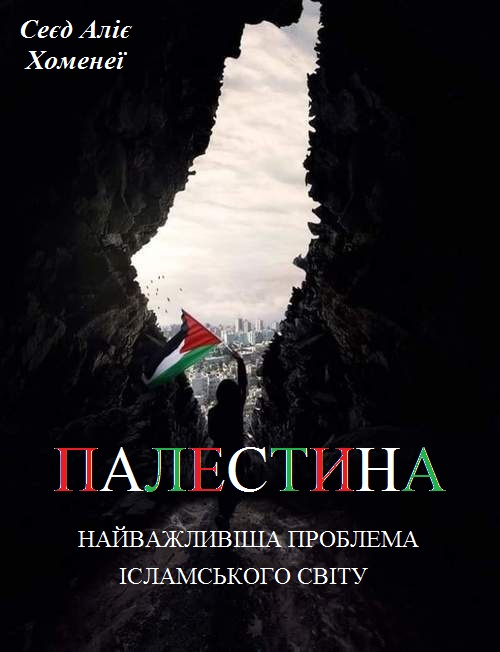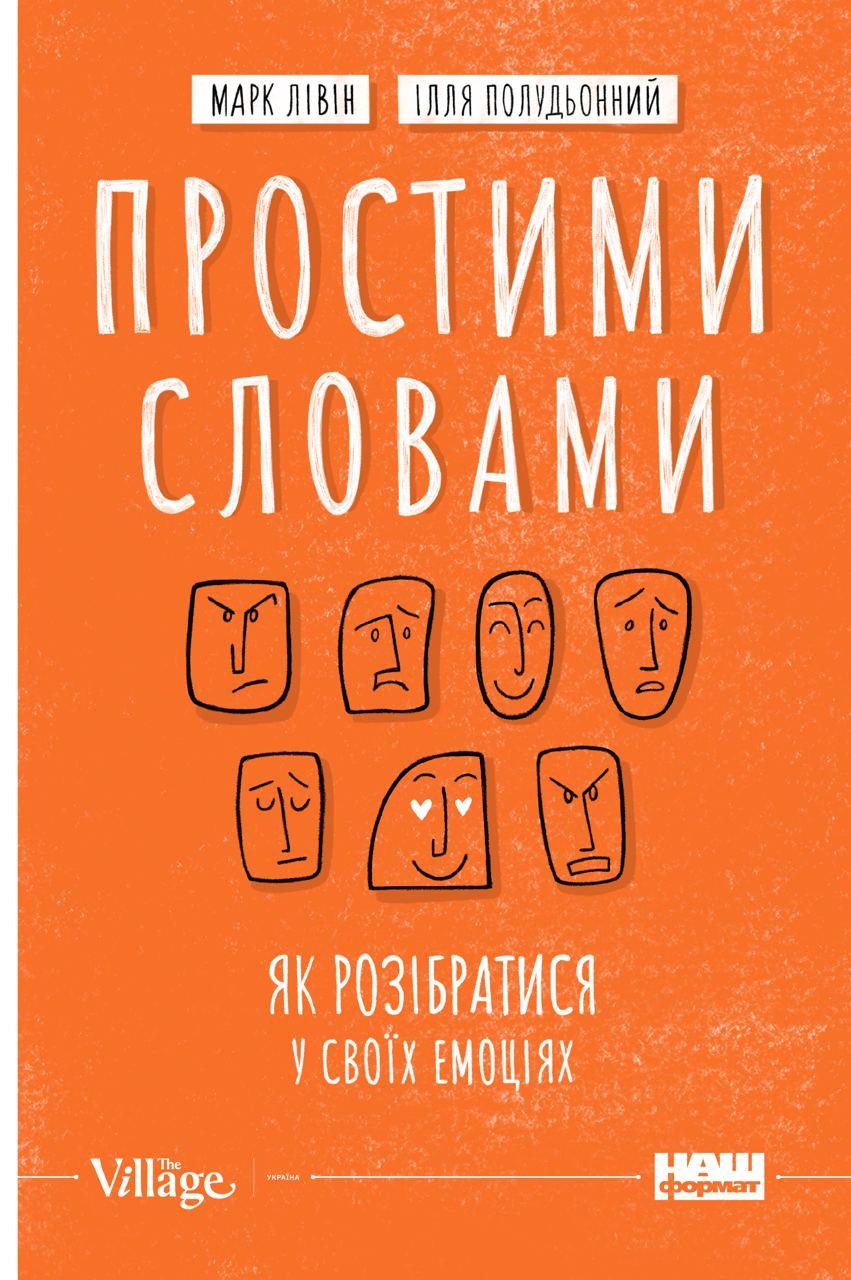Читати книгу - "Genghis Khan and the Making of the Modern World"
Шрифт:
Інтервал:
Добавити в закладку:
According to the Secret History, as the band moved out, deserting the two women and seven children, only a single old man, from a low-ranking family in the band, objected loudly to what they were doing. In an incident that apparently made a deep impression on Temujin, one of the deserting Tayichiud bellowed back to the old man that he had no right to criticize them, turned back, and speared the old man to death. Upon seeing this, Temujin, at this point a boy of no more than ten years, is said to have dashed up to try to help the dying man; unable to do anything, he just sobbed in hurt and anger.
Hoelun, who had shown such clearheadedness during her kidnapping a decade earlier, showed the same determination and strength during this new crisis. She made a violent and defiant last effort to shame the Tayichiud into keeping her family. As the clan deserted their encampment, she grabbed up the horsehair Spirit Banner of her dead husband, mounted her horse, and chased after them. Raising the Spirit Banner over her head and waving it furiously in the air, she circled the fleeing people. For Hoelun to wave the banner of her dead husband was not merely to wave his emblem but to parade his very soul in front of the deserting tribesmen. They indeed felt such shame in the presence of his soul, and fear of possible supernatural retribution from it, that they temporarily returned to the camp. They then awaited nightfall and, one by one, sneaked away, taking with them the family’s animals, thereby condemning to a nearly certain winter death both widows and their seven children.
But the family did not die. In a monumental effort, Hoelun saved them—all of them. As related in the Secret History, she covered her head, tucked up her skirt, and ran up and down the river searching for food day and night in order to feed her five hungry children. She found small fruits, and used a juniper stick to dig up the roots of the plants growing along the river. To help feed the family, Temujin made wooden arrows tipped with sharpened bones to hunt rats on the steppe, and he bent his mother’s sewing needles into fishhooks. As the boys grew older, they hunted larger game. In the words of the Persian chronicler Juvaini, who visited the Mongols fifty years later and wrote one of the first foreign accounts of the life of Temujin, the family wore clothing “of the skins of dogs and mice, and their food was the flesh of those animals and other dead things.” Whether precisely accurate or not, the description shows the desperate, isolated struggle of these social outcasts on the verge of starvation, living almost as much like animals as like the other tribes around them. In the land of harsh lives, they had fallen to the lowest level of steppe life.
How could an outcast child rise from such a lowly station to become the Mongols’ Great Khan? Searching through the account of Temujin’s coming of age in the Secret History, we find crucial clues about the powerful role these early traumatic events must have played in shaping his character, and, in turn, his rise to power. The tragedies his family endured seemed to have instilled in him a profound determination to defy the strict caste structure of the steppes, to take charge of his fate, and to rely on alliances with trusted associates, rather than his family or tribe, as his primary base of support.
The first of these powerful associations was with a slightly older boy named Jamuka, whose family camped repeatedly nearby Temujin’s on the banks of the Onon River and as a member of the Jadaran clan was distantly related to the clan of Temujin’s father. In the ideals of Mongol culture, kinship reigned above all other social principles. Anyone outside the kinship network was automatically an enemy, and the closer the kin, the closer the tie should be. Temujin and Jamuka were distant relatives, but they wished to be closer, to become brothers. Twice in their childhood, Temujin and Jamuka swore an oath of eternal brotherhood, becoming blood brothers according to Mongol tradition. The story of this fated friendship, and the pivotal events of his life in this early period, reveal many telling details about Temujin’s extraordinary ability to rise above adversity and marshal the resources he needed to ultimately tame the unbridled violence of tribe against tribe that ruled the steppe.
Temujin and Jamuka formed a close friendship as they hunted, fished, and played the games the children were taught to improve their everyday skills. Mongol children, both boys and girls, grew up on horses. From infancy, they learned to ride with their parents or older siblings until, after only a few years, they managed to hold on by themselves and ride alone. Usually by age four, children had mastered riding bareback, and eventually how to stand on a horse’s back. While standing on the horse, they often jousted with one another to see who could knock the other off. When their legs grew long enough to reach the stirrups, they were also taught to shoot arrows and to lasso on horseback. Making targets out of leather pouches that they would dangle from poles so that they would blow in the wind, the youngsters practiced hitting the targets from horseback at varying distances and speeds. The skills of such play proved invaluable to horsemanship later in life.
Other games included playing knucklebones, a type of dice made from the anklebones of
Увага!
Сайт зберігає кукі вашого браузера. Ви зможете в будь-який момент зробити закладку та продовжити читання книги «Genghis Khan and the Making of the Modern World», після закриття браузера.

